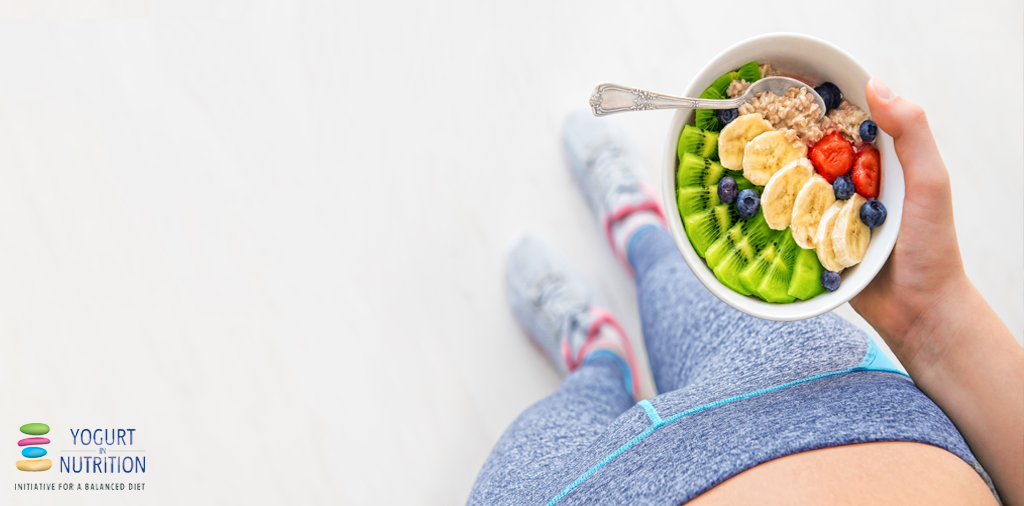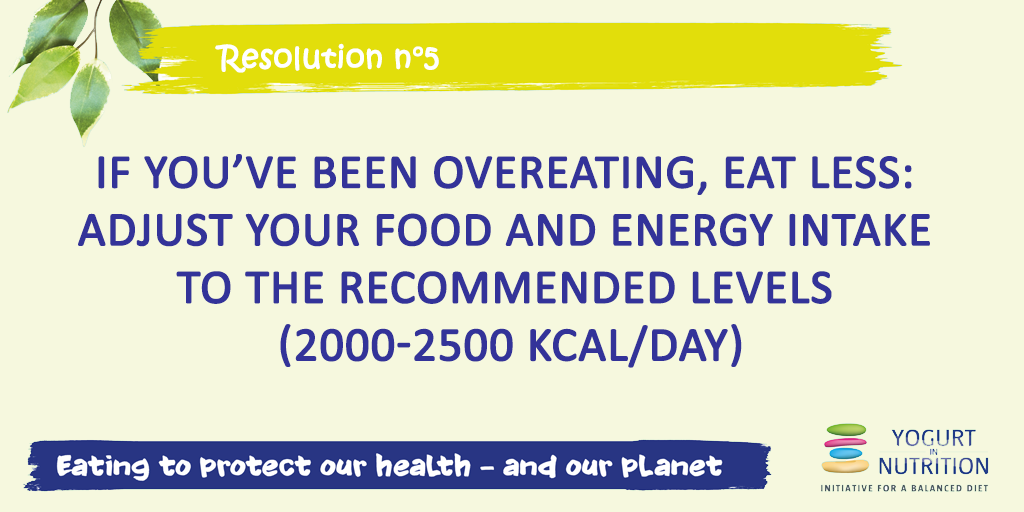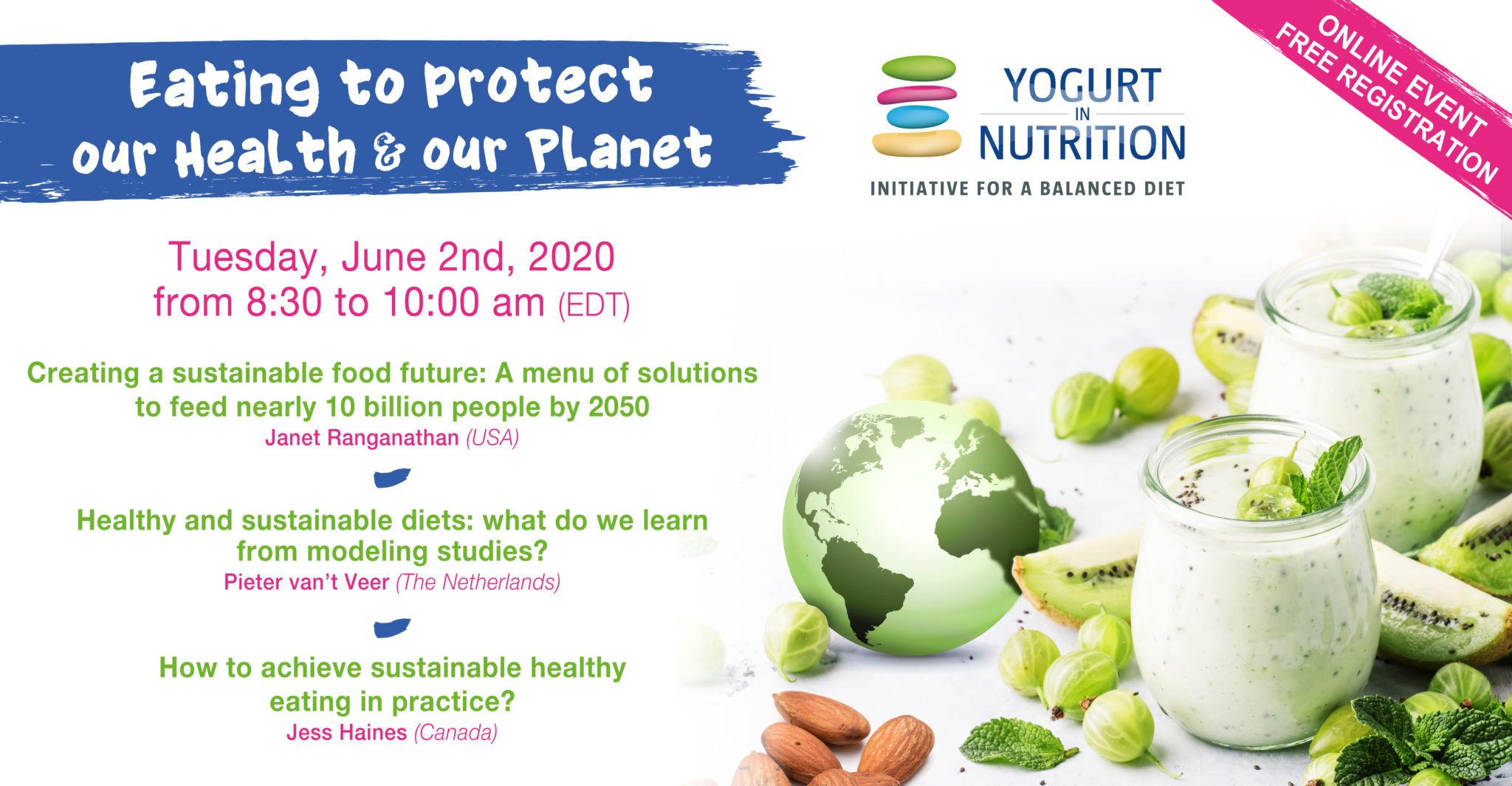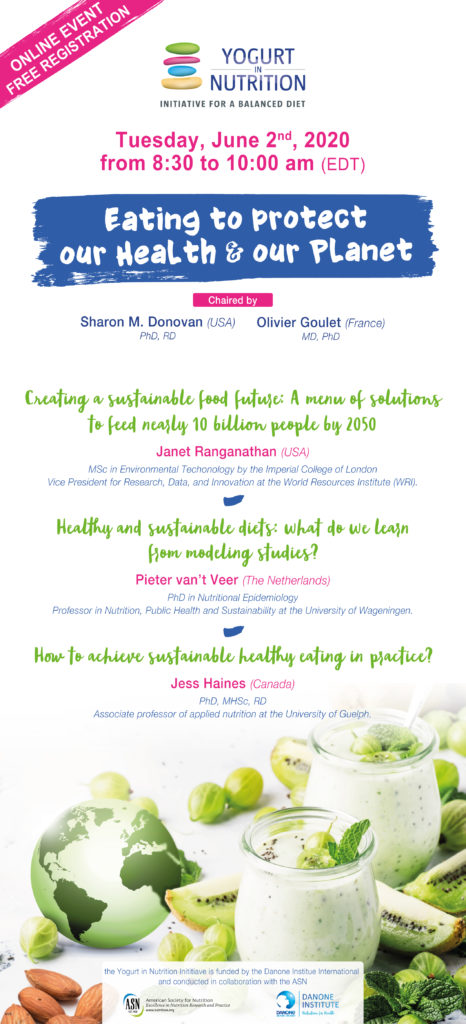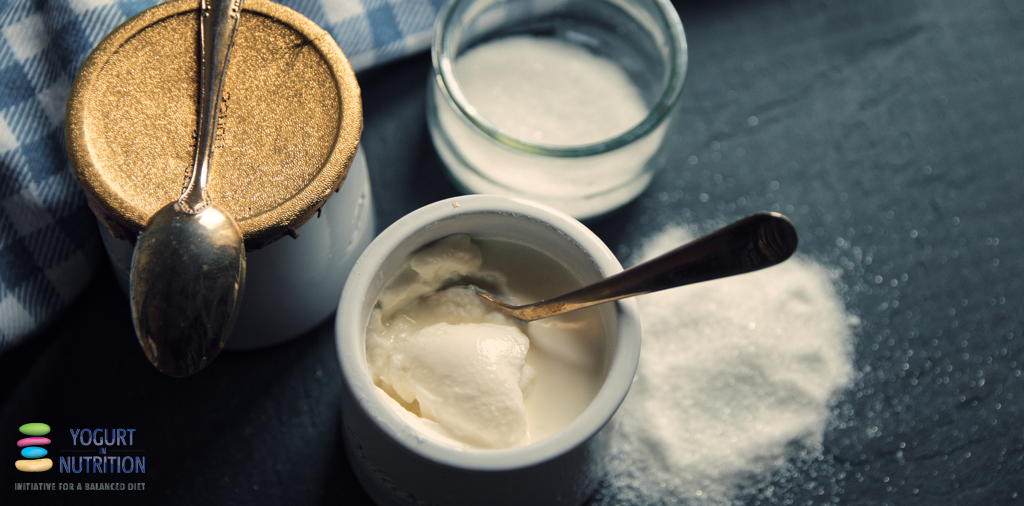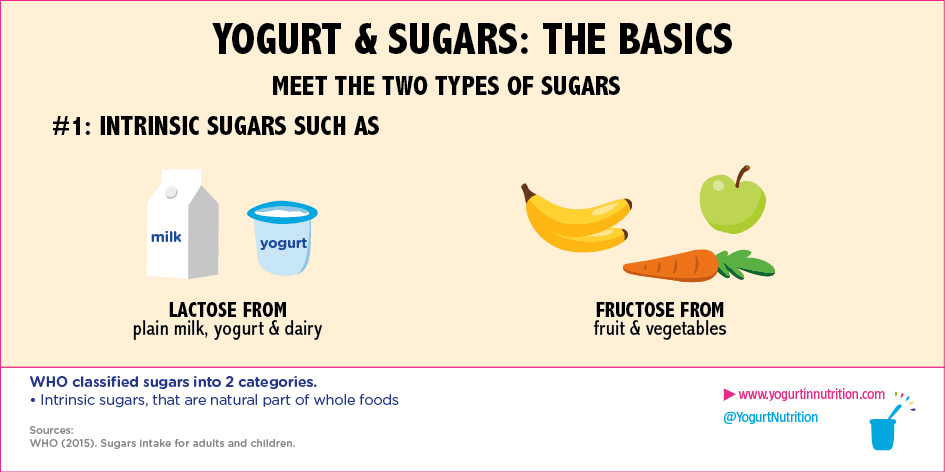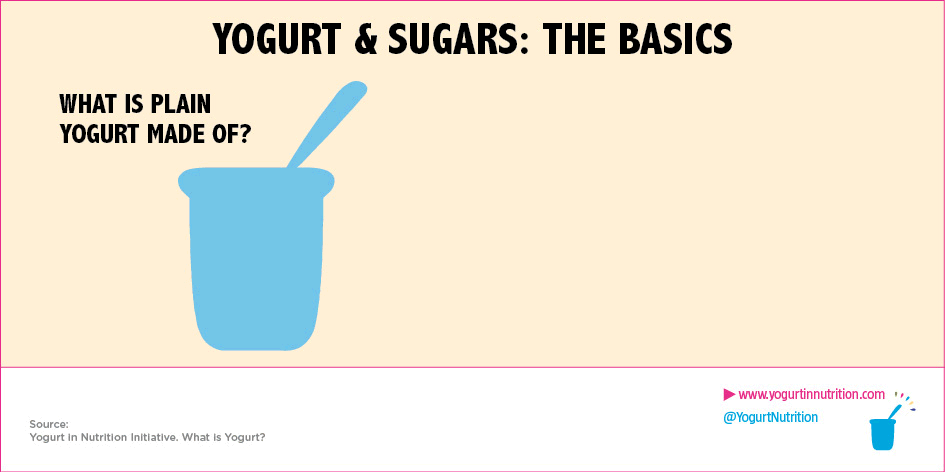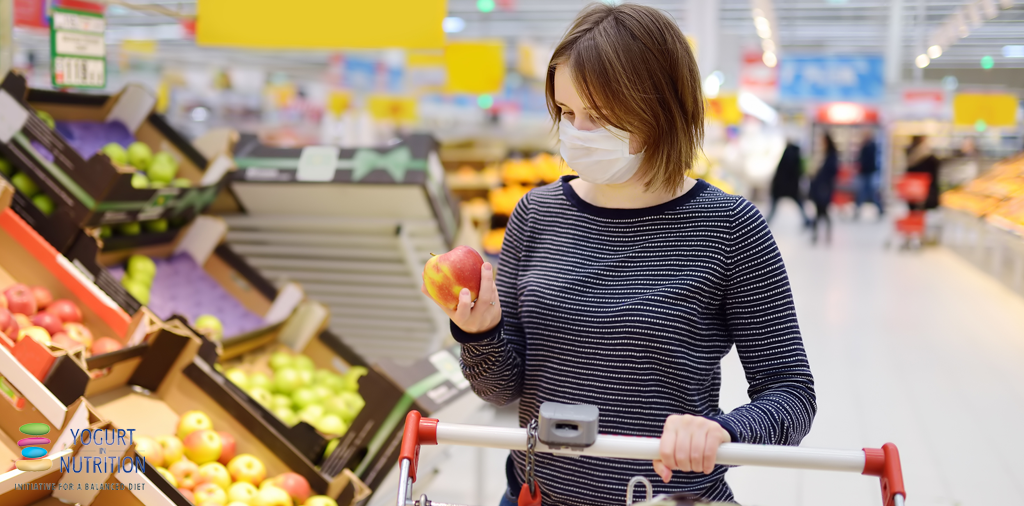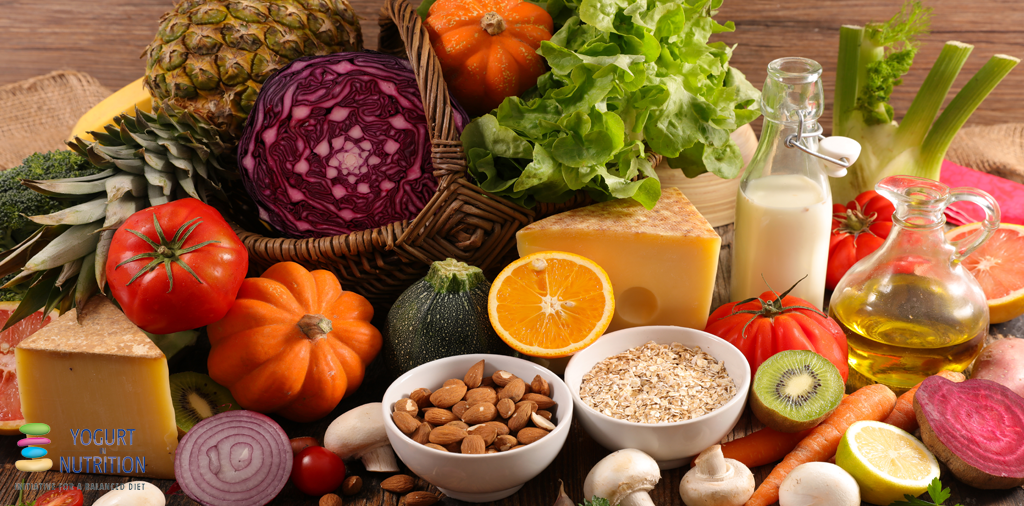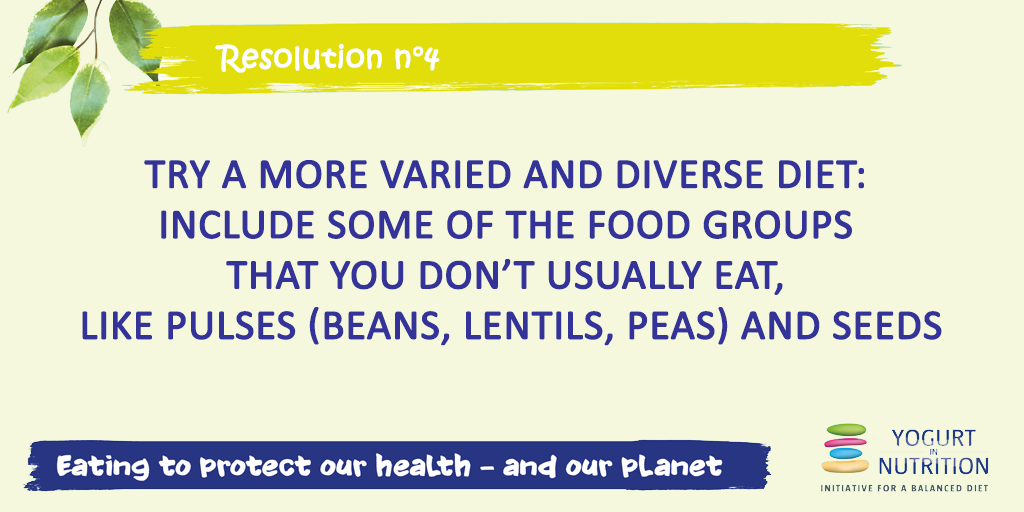On June 2nd, 2020, YINI organizes an online symposium on “eating to protect our health and our planet”. You might be interested in discovering our speakers. Who are the scientists who will participate to this live online conference ?
Creating a sustainable food future: A Menu of Solutions to Feed Nearly 10 Billion People by 2050 by Janet Ranganathan – USA
 Janet Ranganathan is the Vice President for Research, Data, and Innovation at the World Resources Institute (WRI), a global research organization that addresses the urgent sustainability challenges related to food, forests, water, climate, energy, cities and the ocean. She ensures WRI’s research is robust and with evidence-based strategies.
Janet Ranganathan is the Vice President for Research, Data, and Innovation at the World Resources Institute (WRI), a global research organization that addresses the urgent sustainability challenges related to food, forests, water, climate, energy, cities and the ocean. She ensures WRI’s research is robust and with evidence-based strategies.
She leads WRI’s efforts to harness the data revolution and established WRI’s Data Lab, to ensure WRI’s family of “data watches” provide trusted, actionable information.
During her tenure, Janet has held diverse positions across WRI’s programs and helped roll out numerous multi-stakeholder initiatives, including Resource Watch, Partnership for Resilience & Preparedness (a Public-Private Partnership with the U.S. Government, technology companies, and local communities to empower decision makers with a data-driven approach to climate resilience), Better Buying Lab, and Creating a Sustainable Food Future. Janet also founded the Greenhouse Gas Protocol Initiative, an international multi-stakeholder partnership convened by WRI and the World Business Council for Sustainable Development to develop international greenhouse gas accounting and reporting standards. She was the lead author of the Greenhouse Gas Protocol Corporate Standard, which has become the accounting and reporting standard for businesses around the globe.
Janet has written extensively on a broad range of sustainable development topics, including planetary health monitoring, food sustainability, plant-forward diets, business and markets, environmental performance measurement, environmental accounting, climate change, greenhouse gas measurement and reporting, ecosystem services, forests, and global environmental governance.
Janet is Vice-Chair of the Ceres Board of Directors and a member of WRI Europe and WRI Brazil’s boards. She is a member of Mars’s Science Advisory Committee. She serves on the advisory boards of WRI Africa, the Sustainable Development Solutions Network, Rockefeller Foundation Bellagio Centre, SAI (Sustainable Agriculture Initiative), and the U.K. Research and Innovation and Natural Environment Research Council Digital Environment Expert Network. Janet grew up in Cornwall, England.
Healthy and sustainable diets: what do we learn from modeling studies? by Pieter van’t Veer – The Netherlands
 Pieter van ’t Veer (1957) holds a special chair in Nutrition, Public Health and Sustainability at Wageningen University. He studied Human Nutrition (Wageningen, 1982) and Epidemiology (Harvard School Public Health, 1982). He obtained his PhD in Nutritional Epidemiology (Maastricht, 1990) and was employed by The Netherlands Cancer Foundation (1982), TNO Nutrition Institute (1984) and Wageningen University (1993). Before his current position, he chaired the Nutrition and Epidemiology group, Division of Human Nutrition and Health (2002 -2015).
Pieter van ’t Veer (1957) holds a special chair in Nutrition, Public Health and Sustainability at Wageningen University. He studied Human Nutrition (Wageningen, 1982) and Epidemiology (Harvard School Public Health, 1982). He obtained his PhD in Nutritional Epidemiology (Maastricht, 1990) and was employed by The Netherlands Cancer Foundation (1982), TNO Nutrition Institute (1984) and Wageningen University (1993). Before his current position, he chaired the Nutrition and Epidemiology group, Division of Human Nutrition and Health (2002 -2015).
His scientific career initially focused on diet and carcinogenesis and gradually shifted to NCDs, biomarkers, exposure assessment, dietary habits and prevention and finally environmental sustainability and food systems. He (co)supervised projects on diet and breast cancer, GI-tract cancers and cardiovascular disease (EURAMIC study), standardization of dietary assessment for pan-EU surveillance (EFCOVAL), harmonizing dietary requirements (EURRECA), consumer behaviour (DEDIPAC) and public health (community health centres).
More recently, his work extended to the environmental aspects of the diet in, e.g., the SUSFANS project and the SHARP model. Building on the H2020-projects EuroDISH and RICHFIELDS, he is actively involved in the development of a pan-European research infrastructure, which aims to facilitate interdisciplinary, multi stakeholder research for the food, nutrition and health research community.
How to achieve sustainable healthy eating in practice? by Jess Haines – Canada
 Jess Haines is an associate Professor of Applied Nutrition and Co-Director of the Guelph Family Health Study, University of Guelph, Canada.
Jess Haines is an associate Professor of Applied Nutrition and Co-Director of the Guelph Family Health Study, University of Guelph, Canada.
Dr. Haines’s research aims to bridge epidemiologic research on the determinants of health behaviours with the design, implementation, and evaluation of family-based interventions to support children’s healthy eating and growth.
She is the co-Director of the Guelph Family Health Study and the Director of the Parent-Child Feeding Laboratory. Along with colleagues at the University of Guelph, she is currently testing interventions designed to increase fruit and vegetable intake and reduce household food waste by improving family food literacy.
For more information: www.guelphfamilyhealthstudy.com / @JessHainesPhD
How to attend this live event?
The access is free, on registration only. We invite you to subscribe the whole conference for free on meeting.nutrition.org
Attend our symposium on June 2nd, 2020
- 8:30- 10:00 am (EDT-New York City)
- 7:30- 9:00 am (CDT- Mexico City)
- 1:30- 3:00 pm (BST- UK)
- 2:30- 4:00 pm (CET-France, Spain, Belgium)


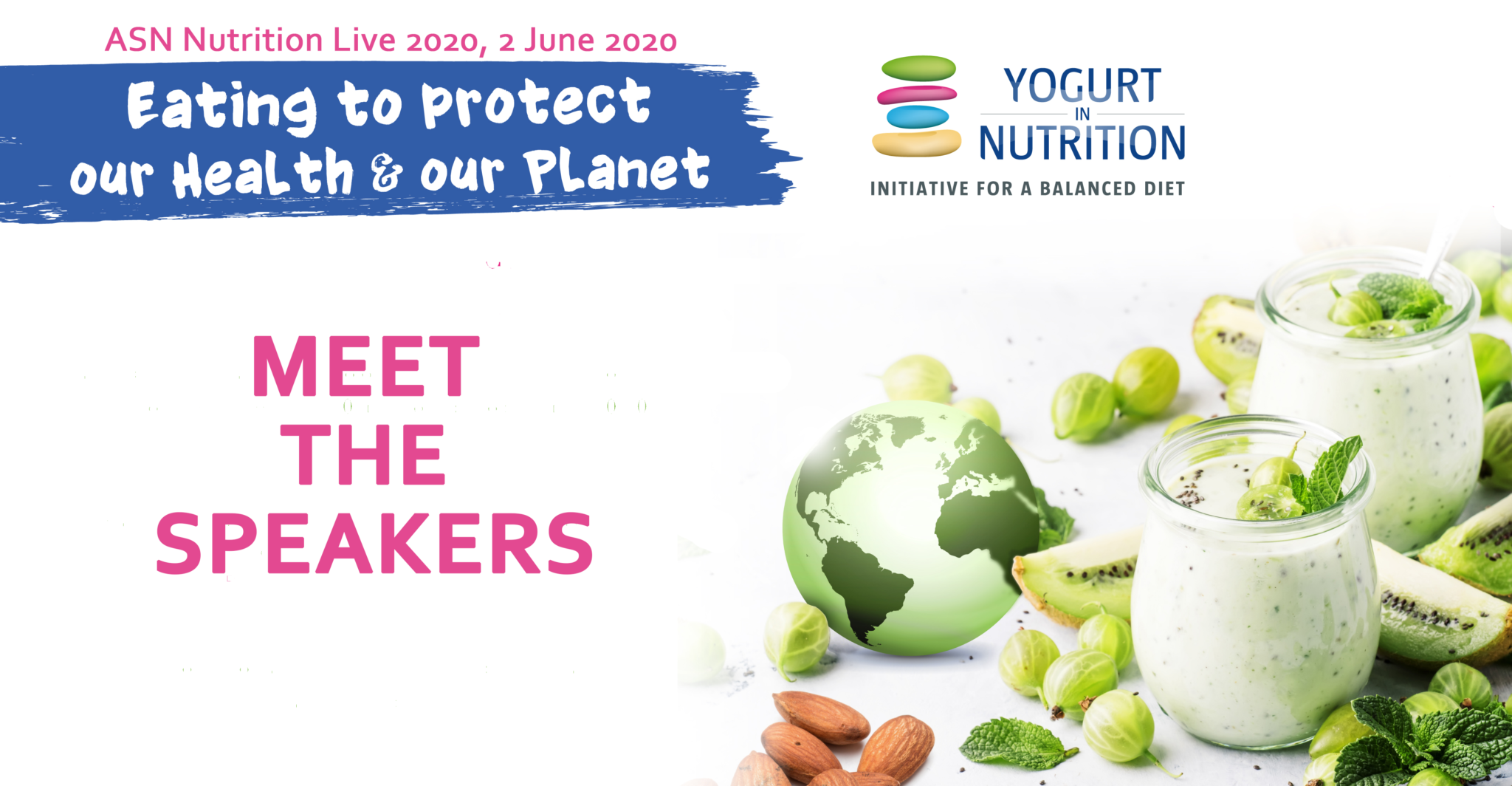
 Janet Ranganathan is the Vice President for Research, Data, and Innovation at the World Resources Institute (WRI), a global research organization that addresses the urgent sustainability challenges related to food, forests, water, climate, energy, cities and the ocean. She ensures WRI’s research is robust and with evidence-based strategies.
Janet Ranganathan is the Vice President for Research, Data, and Innovation at the World Resources Institute (WRI), a global research organization that addresses the urgent sustainability challenges related to food, forests, water, climate, energy, cities and the ocean. She ensures WRI’s research is robust and with evidence-based strategies. Pieter van ’t Veer (1957) holds a special chair in Nutrition, Public Health and Sustainability at Wageningen University. He studied Human Nutrition (Wageningen, 1982) and Epidemiology (Harvard School Public Health, 1982). He obtained his PhD in Nutritional Epidemiology (Maastricht, 1990) and was employed by The Netherlands Cancer Foundation (1982), TNO Nutrition Institute (1984) and Wageningen University (1993). Before his current position, he chaired the Nutrition and Epidemiology group, Division of Human Nutrition and Health (2002 -2015).
Pieter van ’t Veer (1957) holds a special chair in Nutrition, Public Health and Sustainability at Wageningen University. He studied Human Nutrition (Wageningen, 1982) and Epidemiology (Harvard School Public Health, 1982). He obtained his PhD in Nutritional Epidemiology (Maastricht, 1990) and was employed by The Netherlands Cancer Foundation (1982), TNO Nutrition Institute (1984) and Wageningen University (1993). Before his current position, he chaired the Nutrition and Epidemiology group, Division of Human Nutrition and Health (2002 -2015). Jess Haines is an associate Professor of Applied Nutrition and Co-Director of the Guelph Family Health Study, University of Guelph, Canada.
Jess Haines is an associate Professor of Applied Nutrition and Co-Director of the Guelph Family Health Study, University of Guelph, Canada.
